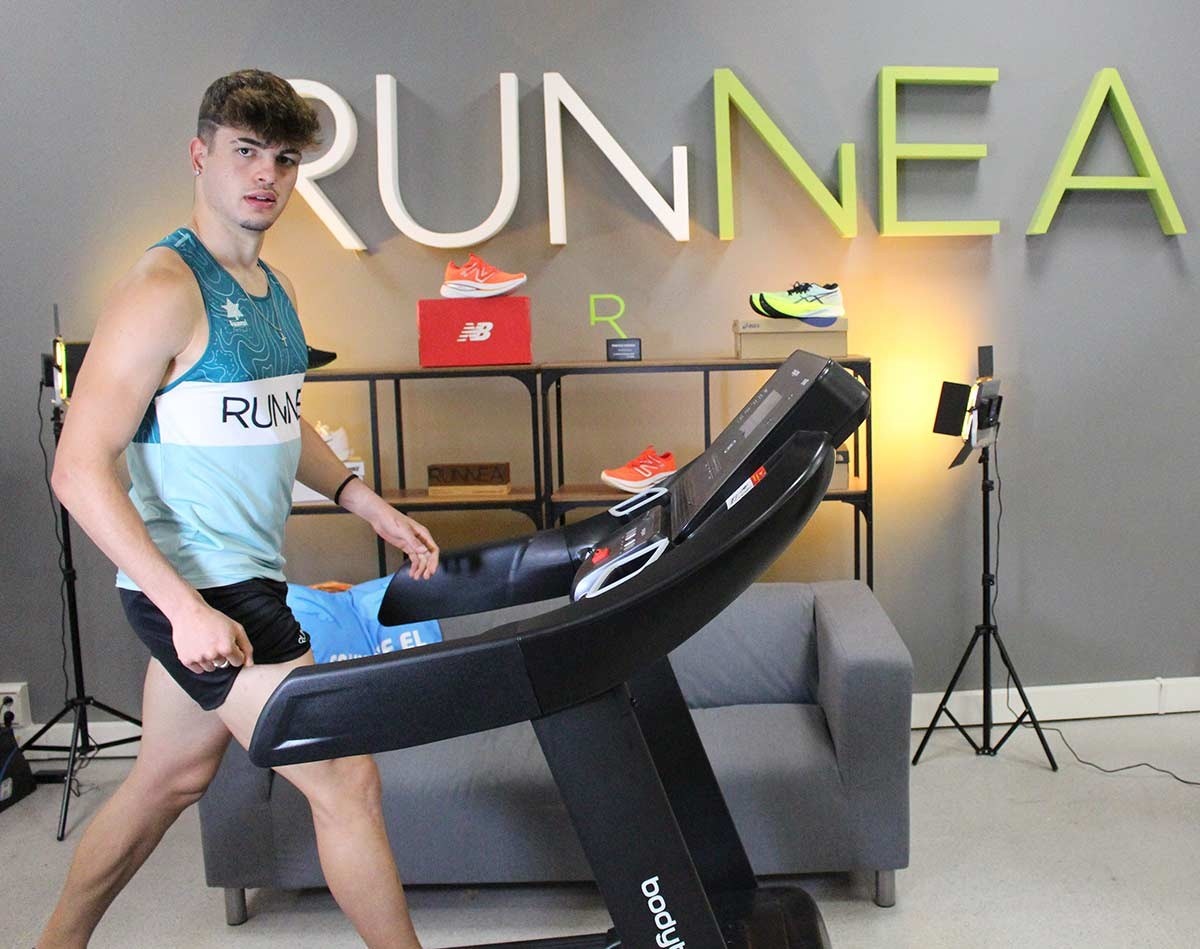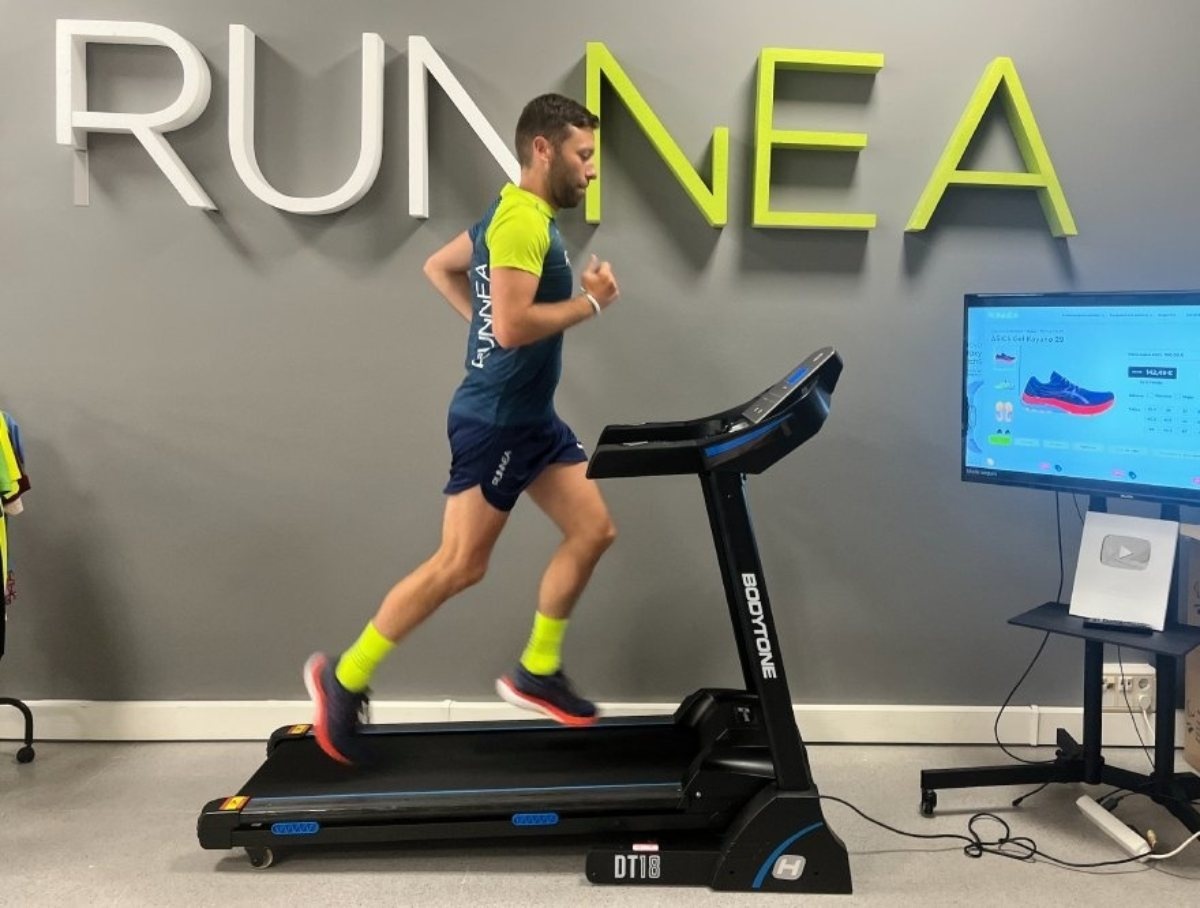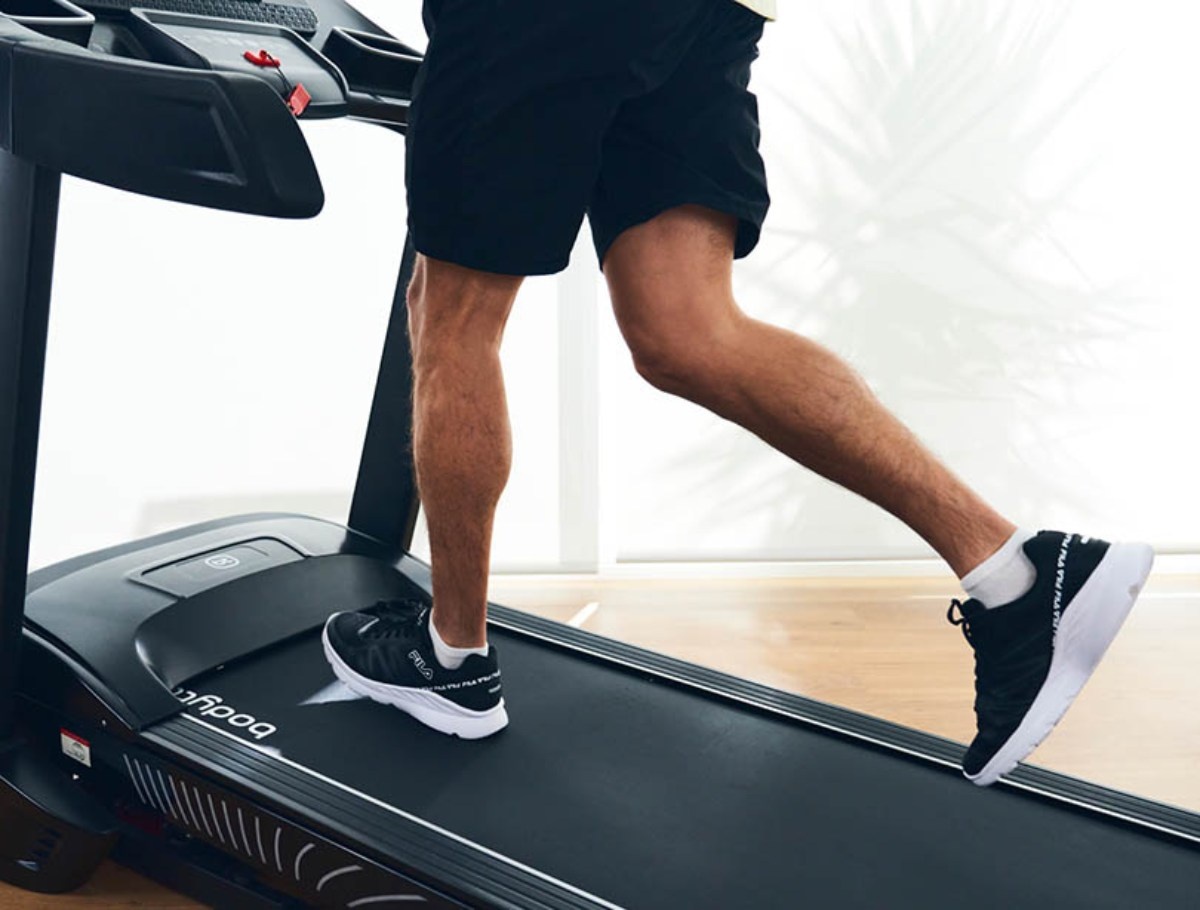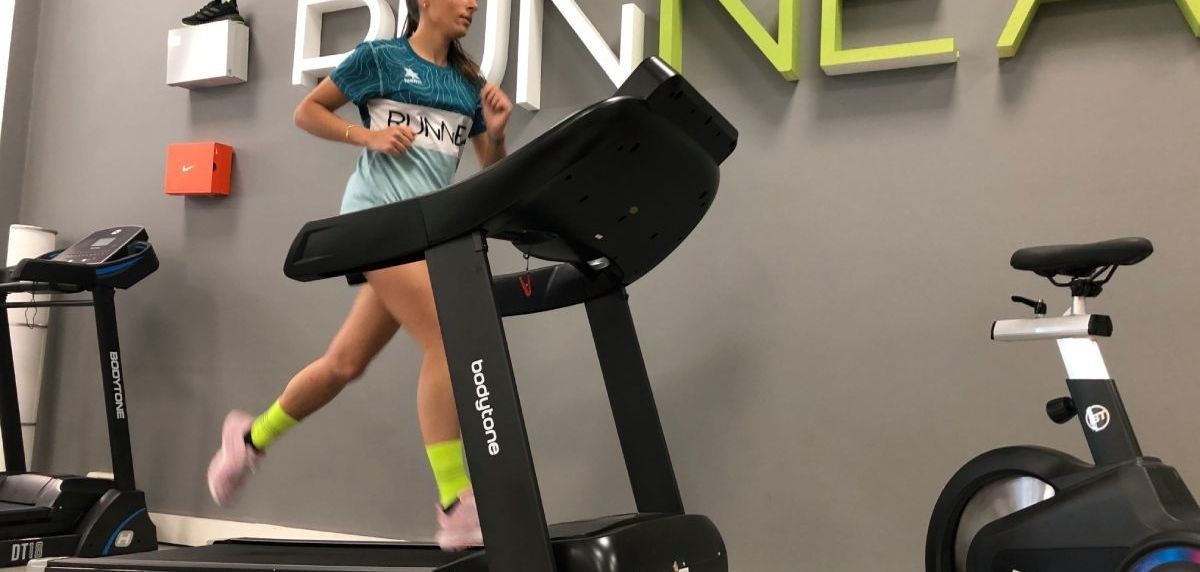The treadmill has a bad reputation. Boring, hard, running in an artificial way? This exercise equipment has been relegated to the background for a large amount of popular runners. However, far from being a simple substitute when the weather or time is bad, the treadmill offers a whole world of benefits and opportunities for training, some of which might surprise you. At RUNNEA, we want to help you demystify treadmill training and tell you the hidden truths and potential benefits of treadmill running.
An alternative as effective as outdoors running
Contrary to what many people think, treadmill running can be as effective as outdoors running. A study conducted by the University of Maastricht in the Netherlands reveals that, on speeds up to 10 miles per hour, treadmill running results in a similar oxygen expenditure and heart rate to outdoor running. Although energy consumption is slightly lower on the treadmill, the difference is minimal, indicating a considerable equivalence in terms of cardiovascular and endurance benefits.
Coaches and sports scientists also point out that the treadmill offers precise control over pace and conditions, which is essential for specific workouts. Treadmill running also reduces the impact on joints compared to running on hard surfaces such as asphalt, which could mean a lower risk of injury, according to research published in the Journal of Sports Science & Medicine.

The Incline: Necessary or Not?
A recurring theme among treadmill runners is the use of inclination. Traditionally, it has been suggested to set the treadmill at a 1% incline to simulate outdoors running conditions. However, recent studies, including research published in the Journal of Strength and Conditioning Research, suggest that this is not strictly necessary. The research indicates that keeping the treadmill at no incline is perfectly adequate for most workouts.
However, increasing the incline may be beneficial for certain types of training, such as hill reps. Trainers advise using incline to add variety and challenge to sessions, as well as to specifically work on leg strength and endurance. The ease of adjusting incline and pace on the treadmill allows for great flexibility in training planning, from interval sessions to long distances with incline variation.
Adapting running technique to the treadmill
Treadmill running involves a different experience to outdoors running, especially when it comes to running technique. According to a study in the European Journal of Sport Science, runners tend to modify their running stride on the treadmill, often increasing the frequency of their steps and landing more with the forefoot compared to the heel.
This adaptation is due in part to the static nature of the treadmill, where the belt moves underneath the runner, as opposed to outdoors running where the runner propels forward. These differences can have a significant impact on running biomechanics. For example, running on a stiffer treadmill may more closely resemble running on pavement, thus affecting the way the foot impacts the surface.

In addition, the lack of variability in terrain and environmental conditions means that the runner must adapt to a more controlled and predictable environment. This can be beneficial for focusing on specific aspects of running technique or for post-injury rehabilitation, according to sports physiotherapy experts.
Is it beneficial to change technique when running on a treadmill?
Adapting your running technique when using the treadmill carries both benefits and important considerations. According to a study in the "International Journal of Sports Physical Therapy," runners often experience a shift toward a higher stride frequency and a midfoot or forefoot landing, which can have advantages in terms of reducing impact injuries. This adaptation is beneficial, especially for those seeking a gentler alternative to the impact of asphalt.
However, this change in technique also raises the question of how it affects outdoor running afterwards. Experts suggest that while treadmill running can improve aspects such as cadence and endurance, it is important to maintain a balance with outdoors workouts. This is because outdoor running involves other challenges such as terrain variability and weather conditions, which are crucial for comprehensive preparation.
In addition, some studies indicate that frequent changes between treadmill and outdoors running help runners better adapt to different running styles and improve their overall technique. Therefore, the key is variety and balance between the two types of training, resulting in an overall improvement in running technique and a reduced risk of injury.
Perception of exertion: Treadmill vs. outdoors
Despite similarities in physical demand, many runners experience a greater perception of exertion when running on a treadmill compared to running outdoors. Research in the field of sport psychology, such as that published in the Journal of Sports Sciences, reveals that this is due to several factors.
One of the key aspects is the lack of change in scenery and visual stimuli when running on a treadmill, which leads to a sense of monotony and thus a perception of greater exertion. In addition, running in an enclosed environment increases body temperature due to less air circulation, which can influence how exertion feels.
On the other hand, outdoors running offers variability in terrain and visual and sensory stimuli that can distract from fatigue and exertion. In addition, direct control over pace and the ability to stop at any time when running outdoors can contribute to a lower perception of exertion.
These psychological and environmental factors are crucial to the running experience and significantly influence how the workout feels, regardless of whether the physical benefits are comparable between treadmill and outdoors running.
Recommended types of treadmill workouts
The treadmill isn't just a good option for running at a steady pace; it also offers a versatile range of training options that enrich your running regimen. Personal trainers and professional athletes suggest several ways to use the treadmill to optimize training. We asked Raul Lozanooobo, trail running coach:
Interval workouts: The treadmill is ideal for precise interval workouts, where you can precisely control the speed and timing of each segment. For example, alternating 2 minute high-intensity intervals with recovery periods can significantly increase cardiovascular capacity and endurance.
Hill sets: Using the incline function to simulate hills offers an exceptional workout to strengthen legs and improve endurance. Hill set sessions can vary in length and incline to suit different skill levels and training goals.
Long distance workouts: While running long distances on treadmill can be mentally challenging, it is an effective way to rack up the miles without the added impact of asphalt or the challenges of uneven terrain.
Recovery workouts: The treadmill is also useful for active recovery days, allowing you to maintain a smooth, controlled pace, ideal for muscle recovery.
Incorporating these different types of workouts into your routine will not only improve overall fitness but also maintain motivation and interest by diversifying your running sessions.

How to Make Treadmill Running Less Boring
While treadmill running may seem repetitive, there are several strategies that can make it more entertaining and motivating:
Cover the clock: Some runners find it helpful to cover the treadmill clock. This helps prevent fixation on time and allows you to focus on the sensation of running.
Listen to music or podcasts: Aural entertainment can be a great ally. Listening to music with a beat that matches your pace or diving into an interesting podcast can make the time go by faster.
Watch series or movies: As with music and podcasts, watching a series or movie can be an effective distraction, especially during longer workouts.
Virtual running classes: Participating in virtual running classes or following guided training programs can bring a sense of community and structure to your treadmill sessions.
Set training goals: Having a clear goal for each session, whether it's improving time, distance, or simply completing a specific workout, can keep you motivated.
Experiment with supplementation: The treadmill offers a safe opportunity to experiment with different types of hydration strategies, without the risk of being away from home or a bathroom if something doesn't feel right.
Revaluing the Treadmill in Training.
You see, treadmill running has earned a reputation that, in our opinion, doesn't deserve. Now you know that its effectiveness is comparable to outdoors running and that its versatility in different types of training makes it a valuable tool in the strategy of any popular runner and trail runner.
The ability to precisely control pace and incline, the convenience of training in all weather conditions, and the ability to reduce the risk of injury are just a few of the advantages highlighted. In addition, we've seen how with creativity and an open mind, treadmill running can be a motivating and varied experience.
Whether you're training for a marathon, looking to maintain your fitness, or simply trying to add variety to your exercise routine, the treadmill offers an effective option. Integrating it into your training will complement your outdoors running and perhaps even help you improve your running technique.
Read more news about: Running News






















